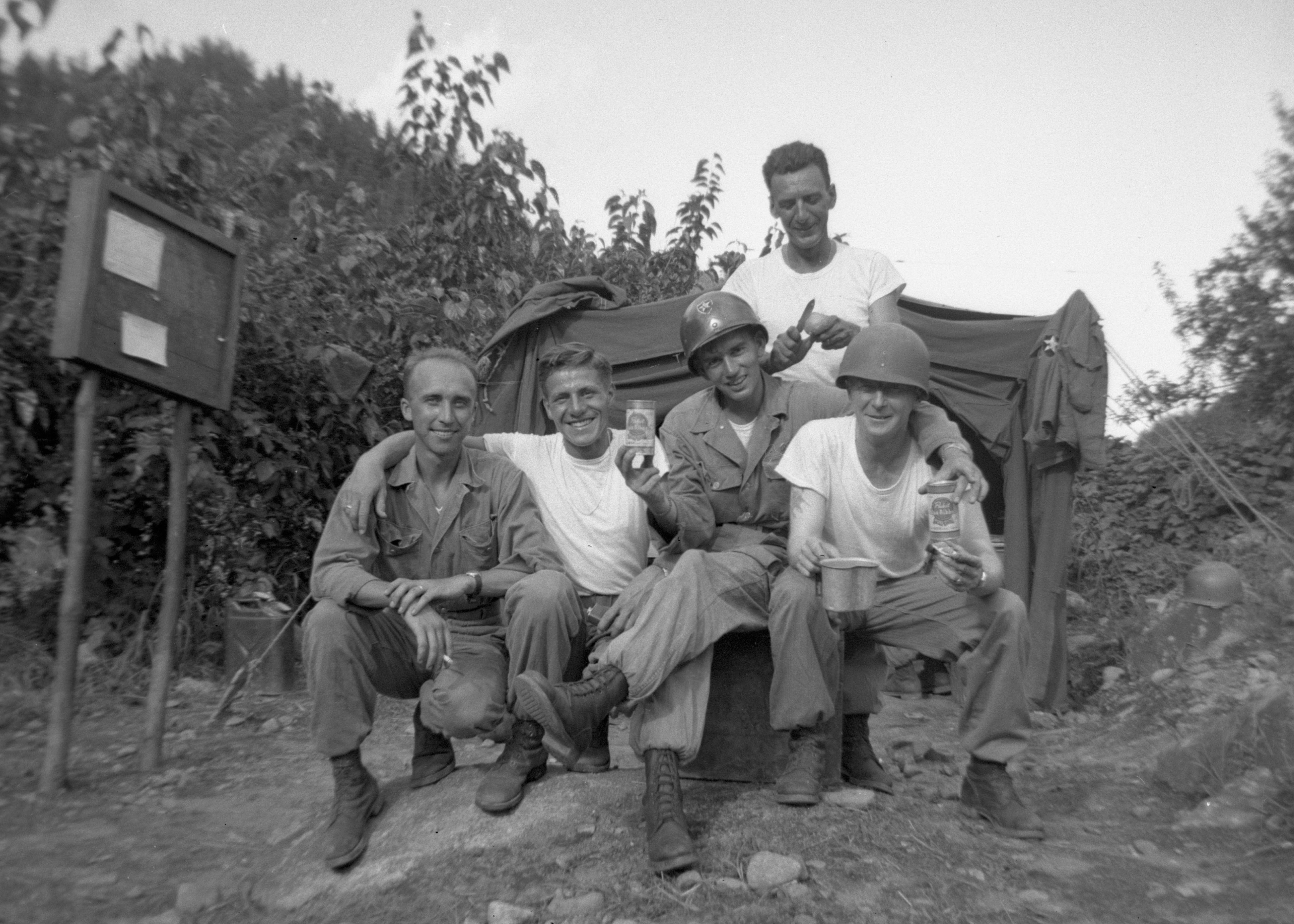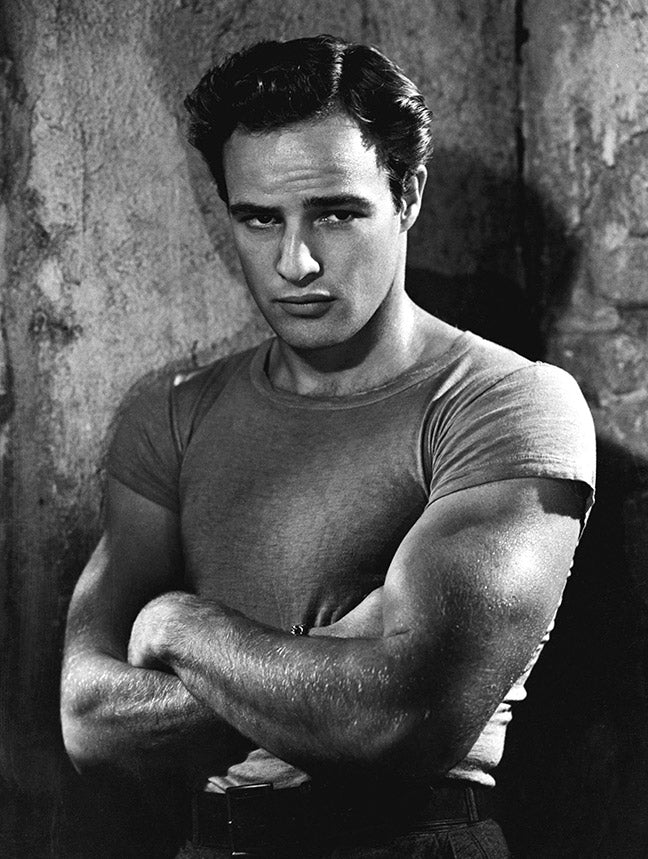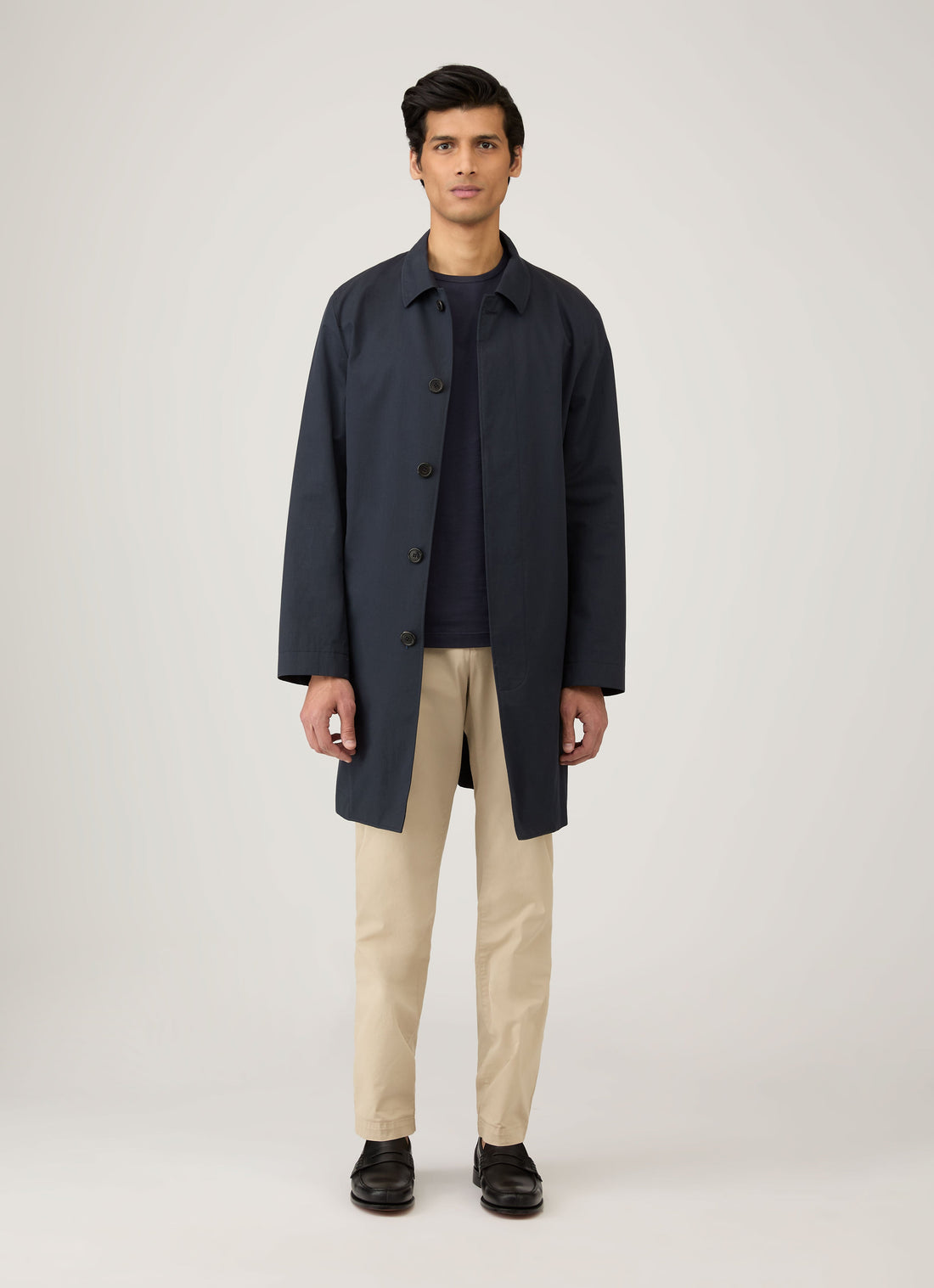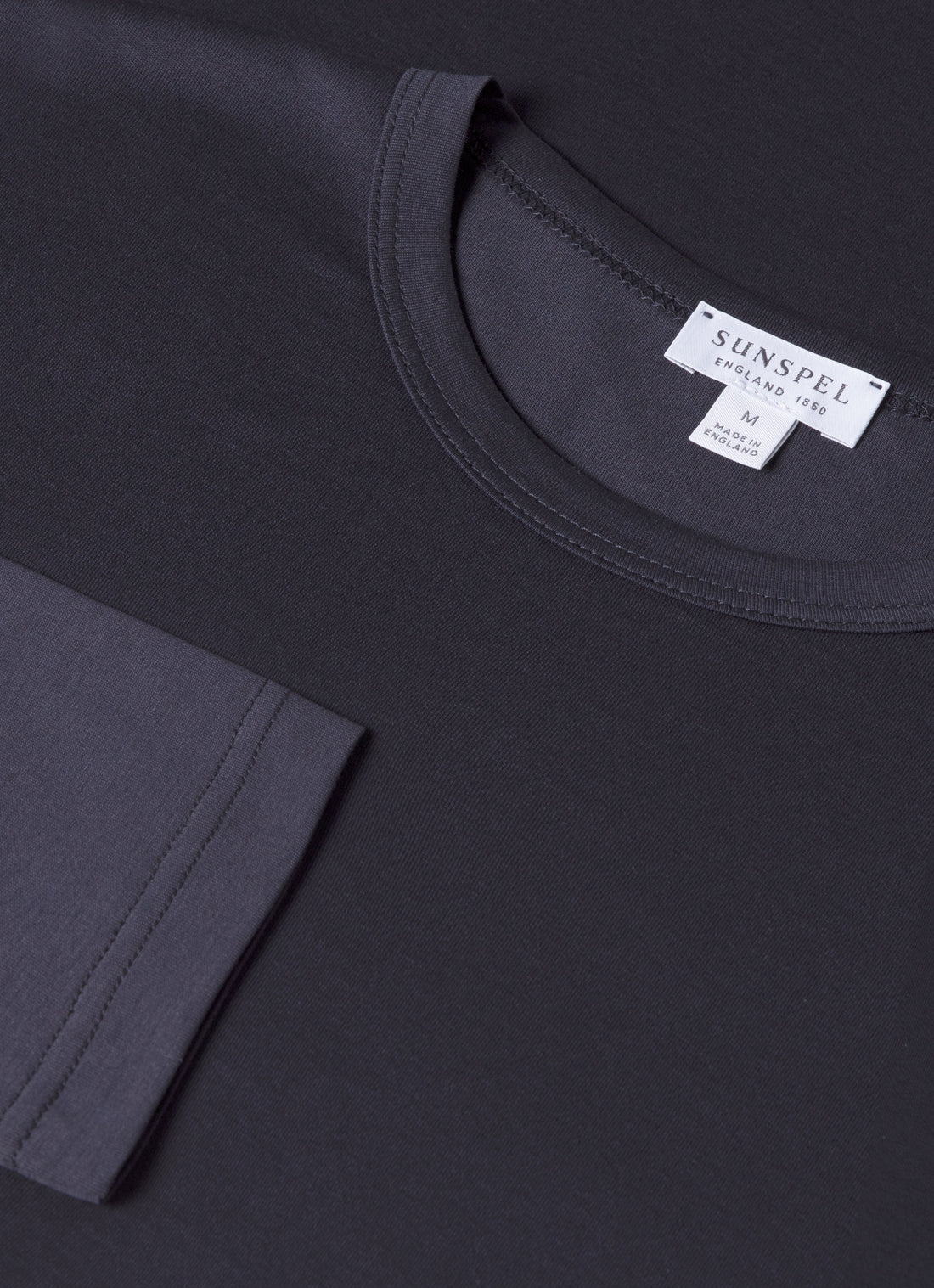The 50s was a pivotal time for Hollywood. Its ‘Golden Age’ was slowly coming to an end, suspected communist sympathisers were blacklisted, and social, economic and technological changes were transforming the industry. Yet despite these challenges, the era produced several legacies, including the emergence of a new fashion icon: the T-shirt.
Much of this legacy was thanks to a handful of iconic actors. James Dean, Marlon Brando and Montgomery Clift were among the first to adopt the method acting technique, reshaping the craft with their intense, emotionally charged performances. Movies like ‘A Rebel Without a Cause’ and ‘A Streetcar Named Desire’ defined the period and their nonchalant, brooding characters began a new era of ‘cool’.
These actors, alongside other contemporaries like Sidney Poitier and Harry Belafonte, were some of the first to wear the T-shirt as a standalone piece of outerwear. Before this, the T-shirt was a popular undergarment among US soldiers who liked how it was comfortable and easy to wash. As they returned from wars in Europe and Korea, it slowly became popular in wider society. Hollywood reflected the trend, and with the help of these actors, turned it into a cultural icon.
Today it's hard to understand how subversive and modern the T-shirt was in 1951, the year that ‘A Streetcar Named Desire’ and Clift’s ‘A Place in the Sun’ were released. Simple, humble, and close to the skin, its military association gave it a traditionally masculine air while its torso-hugging lines gave it a new and exciting sexual appeal. At the same time, the T-shirt’s simplicity amplified the rawness and emotional depth of the characters played by that generation of method actors.
The 1950s also saw the emergence of ‘teenagers’ as an economic group. Inspired by their on-screen heroes like Brando’s Stanley Kowalski or James Dean’s Jim Stark, these teenagers adopted the T-shirt as an obvious contrast with the way previous generations had dressed, allowing them to clearly define themselves. By the end of the decade, the T-shirt had become a symbol of rebellion for this generation and cemented its place as an everyday wardrobe staple.
Without Hollywood, it’s uncertain if the T-shirt would have achieved its iconic status. What is clear however, is that these actors transformed an unseen layer into an emblem of youth culture and defiance, capturing a generation and creating a fashion legacy that remains to this day.








































































